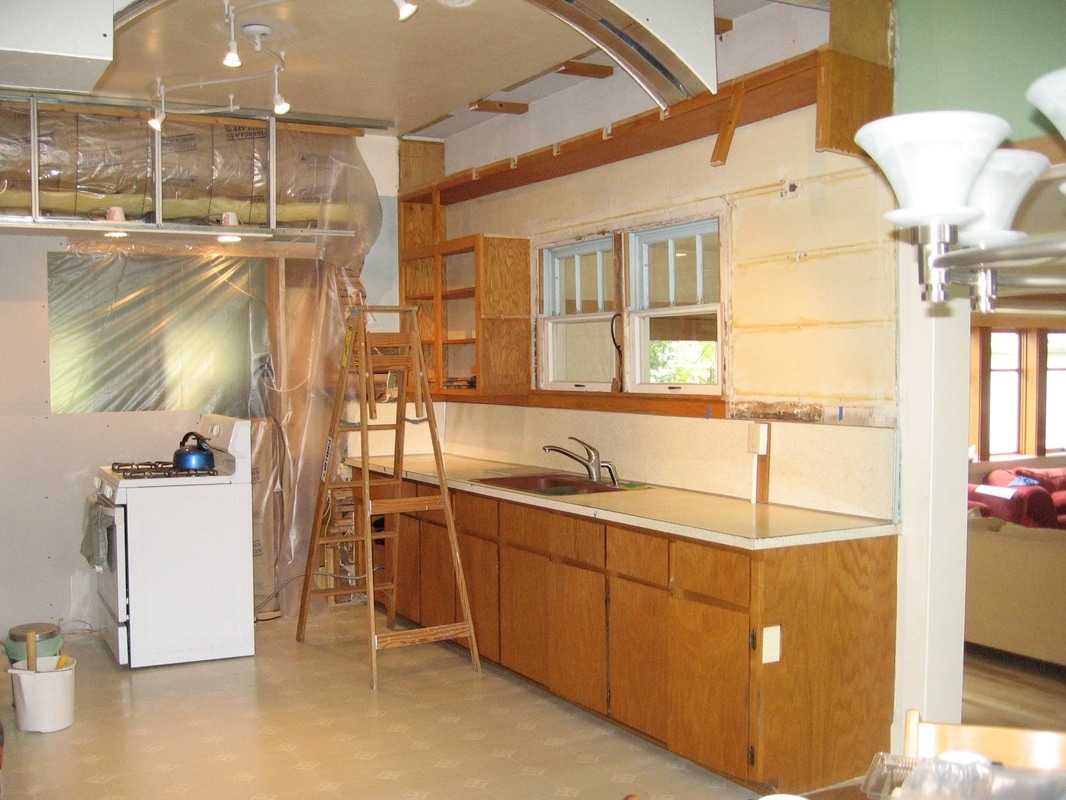If your equity in your home is greater than the cost of the addition / remodel, you're in luck. With a home equity loan or home equity line of credit, you may be able to borrow as much as 100% of your equity for your building project, although you will likely pay a higher interest rate if the loan to value is greater than 80%.
If you don't have enough equity, you will probably need to take out a construction loan. A construction loan typically has an adjustable rate while the project is being built and will be converted to a permanent mortgage once construction is complete. During construction, you pay interest on the funds that have been paid out.
For a construction loan, the lender will want to have a copy of the building plans, as well as your builder's bid to do the work. An appraisal is the basis for determining how much you can borrow. An appraiser will estimate the value of your home with the planned changes. Typically a homeowner can borrow up to 80% of the value of the improved home. Appraisers will judge the home's value based on the sale price of "comparables" - other homes in the area which are similar in size and age and which have sold recently. It may be difficult to find comparables that are very similar, particularly if the home is highly unique.
Homeowners may find that they're not able to borrow as much as they had hoped. Some improvements add very little to the appraised value of a home. Adding square footage to a home by adding another bedroom will likely increase the value of the home, although not necessarily as much as the cost of the improvement. By contrast, beautifying the inside of a home might add little, if anything to the appraised value. Using more expensive finishes or higher quality details may have little effect on the appraised value, because the appraiser has likely never seen the inside of the homes used as comparables, and so he or she is judging value based mostly on size, age and number of rooms rather than construction quality.


 RSS Feed
RSS Feed
